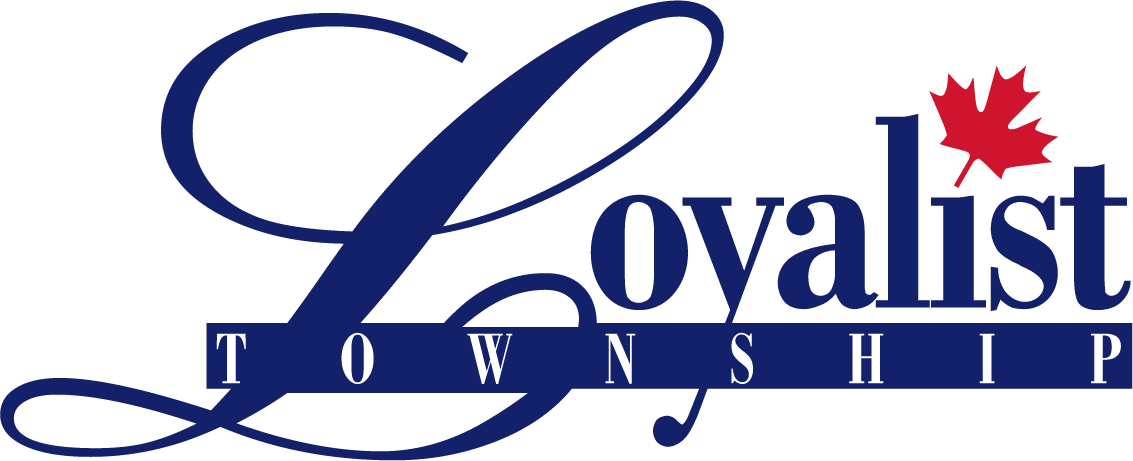Many Canadians die every year from carbon monoxide poisoning in their own homes, most of them while sleeping.
Carbon Monoxide
Carbon monoxide is a colourless, odourless, tasteless, toxic gas that enters the body through the lungs during the normal breathing process. It replaces oxygen in the blood and prevents the flow of oxygen to the heart, brain and other vital organs.
Why should I be concerned about carbon monoxide?
Hundreds of Canadians are hospitalized every year from carbon monoxide poisoning, many of whom are permanently disabled. Everyone is at Risk - 88% of all homes have something that poses a carbon monoxide threat.
Where does carbon monoxide from from?
It's produced when carbon-based fuels are incompletely burned, such as:
- Wood
- Propane
- Natural Gas
- Heating Oil
- Coal
- Kerosene
- Charcoal
- Gasoline
What are the sources of carbon monoxide in my home?
- Wood burning or gas stoves
- Gas refrigerators
- Gasoline engines
- Kerosene heaters
- Gas or propane furnaces
How can I tell if there's a carbon monoxide leak in my home?
Symptoms of carbon monoxide poisoning include headache, nausea, burning eyes, fainting, confusion, and drowsiness. It can sometimes be confused for common illnesses like the flu. Symptoms will be experienced by more than one member of the household and will often improve when you're away from your home for a period of time.
Continued exposure to higher levels of carbon monoxide may result in unconsciousness, brain damage, and death.
The elderly, children and people with heart or respiratory conditions may be particularly sensitive to carbon monoxide.
Other noticeable signs of a carbon monoxide leak can include:
- Air feels stale/stuffy
- Excessive moisture on windows or walls
- Sharp penetrating odour or smell of gas when furnace or other fuel burning appliance turns on
- Burning and pilot light flames are yellow or orange, not blue
- Pilot light on the furnace or water heater goes out
- Chalky white powder or soot buildup occurs around exhaust vent or chimney
How can I protect myself and my family?
- Schedule regular maintenance and ensure appliances are properly ventilated.
- Have a qualified service professional inspect your fuel burning appliance(s) at least once per year.
- Have you chimney inspected and cleaned every year by a W.E.T.T. certified professional.
- Be sure your carbon monoxide alarm has been certified to the Canadian Standard Association (CSA) CAN/CGA 6.19 standard or the Underwriters Laboratories (UL) 2034 standard.
- Install a carbon monoxide alarm in or near the sleeping area(s) of the home.
- Install the carbon monoxide alarms(s) in accordance with the manufacturer's instructions.
Where should I install the carbon monoxide alarm?
Since carbon monoxide moves freely in the air, the suggested location is in or as near as possible to sleeping areas of the home. The human body is most vulnerable to the effects of carbon monoxide during sleeping hours. To work properly the unit must not be blocked by furniture or draperies. Carbon monoxide is virtually the same weight as air and therefore the alarm protects you in a high or low location.
For maximum protection, a carbon monoxide alarm should be located outside primary sleeping areas, in sleeping areas and in each level of your home.
Some locations may interfere with the proper operation of the alarm and may cause false alarms or trouble signals. CO alarms should not be installed in the following locations:
- Where the temperature may drop below 4.4o C (40oF) or exceed 37.8oC (100oF).
- Near paint thinner fumes or household cleaning products. Ensure proper ventilation when using these types of chemicals.
- Within 1.5m (5 feet) of any cooking or open flame appliances such as furnaces, stoves and fireplaces.
- In exhaust streams from gas engines, vents, flues or chimneys.
- Do not place in close proximity to an automobile exhaust pipe; this will damage the alarm.
What should I do if my carbon monoxide alarm starts beeping?
Always react to a carbon monoxide alarm that has alarmed! Get out of your home and call 911 for assistance from the fire department.
How do I maintain my carbon monoxide detector?
Test your carbon monoxide alarm regularly to make sure it is operating properly. The owner's manual should tell you how to test your alarm. Remember to check the manual for information on when to buy a new carbon monoxide alarm.
To keep safe please remember:
You have a responsibility to know about the dangers of carbon monoxide. Your knowledge and actions may save lives.
A carbon monoxide alarm is a good second line of defense. It is not a substitute for the proper care and maintenance of your fuel burning appliance(s). Take the time to learn about the use of carbon monoxide alarms in your home to ensure you are using the equipment properly and effectively.
Contact Us
Loyalist Township
Box 70, 263 Main Street
Odessa, Ontario K0H 2H0
Tel: 613-386-7351
info@loyalist.ca
Sign up to our Newsletter
Stay up to date on the Township's activities, events, programs and operations by subscribing to our eNewsletters.
